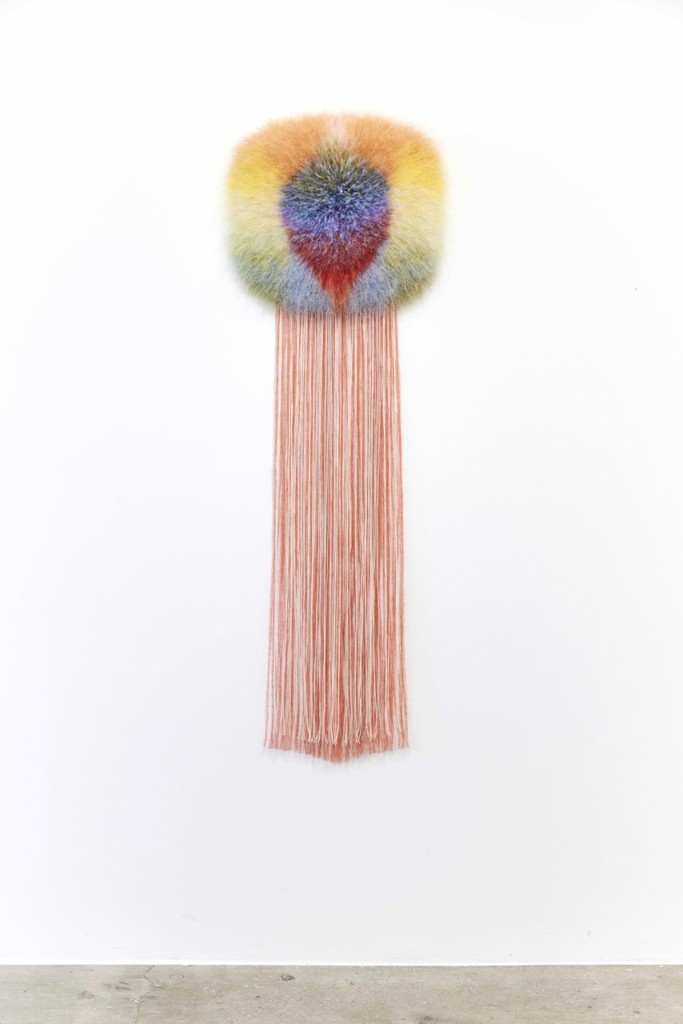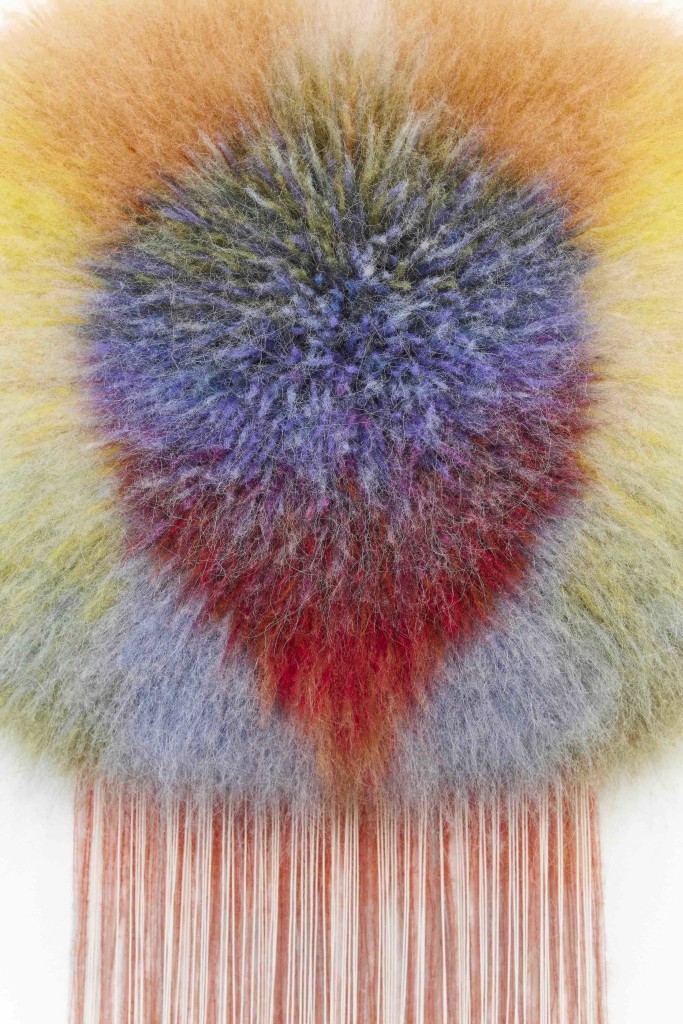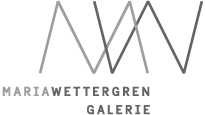
Galerie Maria Wettergren is delighted to announce that Signe Emdal’s Coptic textile sculpture, Silky Way, has been acquired by Malmö Konstmuseum in Malmö, Sweden.
The comet-like Silky Way was created in between Emdal’s travel studies in Majorca, Paris and Rome, succeeding her studies of the Majorcan Ikat textile tradition, and during her investigations into Coptic Roman textiles ahead of her journey to Italy. Coptic textiles particularly flourished when the Roman Empire ruled Egypt and imported silk from China. Emdal is fascinated by the way that Coptic weavers made textile interpretations of the mythical ornaments, flowers and animals they saw on ceramic tiles and other objects. Both Ikat weaving and Coptic textiles point towards the Silk Road – the important trade route for silk and other valuable items, exchanged between Chinese and Roman emperors. The abundance of exchanges in the field of textiles, precious items and knowledge, travelling through time and history, is a great source of inspiration for Emdal, and her sumptuous Silky Way.
With its purple heart, the work equally reveals the artist’s fascination with the color, initiating a series of work in which purple is a fundamental element. Historically, purple is of great symbolic importance, adopted by the Romans as a symbol of imperial authority and status, and at times reserved exclusively for the emperor, as shown in the mosaic portrait of Justinian I in the Basilica of San Vitale, Ravenna. A single gram of the prestigious purple dye was extracted from the glands of thousands of crushed sea snails; it was even more valuable than gold. In times when it was not restricted to just the emperor, people wore “copies” of the colour in an attempt to appropriate this symbol of power.
SIGNE EMDAL
Silky Way
2023
Icelandic wool, mohair, cotton warp
65 x 183 x 28 cm
Unique piece



